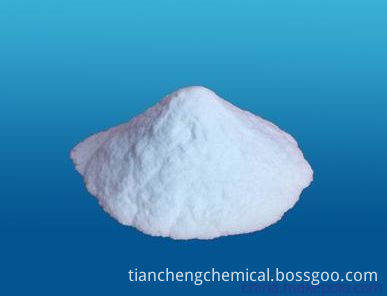Low-lying land and waterlogged fields are not suitable for kiwifruit gardens. It is best to build a garden on a slope with high topography, good irrigation and drainage conditions, and suitable soil quality. Larger areas, as far as possible from the planting, leaving a channel for fertilization, management, transportation. The soil is deep-turned 30 centimeters. The soil with excessive viscosity must be properly mixed with sand and soil. To build gardens on sand and gravel soils, add pond mud or mud to thicken the soil. Slope land construction requires stepping. On gentle slopes, as far as possible, each platform terrace should be widened and the gradient should be reduced. If the slope is relatively large, soil and water will be easily lost. Each surface of the platform must be protected by a piece of stone. The gullies are opened on the inside of the slope, and according to the height of the mountain and the amount of rainfall collected, vertical drainage is provided from top to bottom to reduce rain erosion. If the planting area is relatively large, we must also open up the farming road and plant and manage it in small communities. If conditions permit, the drip irrigation network pipe should be buried at the same time, and a reservoir should be built at a high altitude. Drought-deficit slopes generally do not advocate the establishment of fruit orchards. Indeed, due to the lack of land, they need to be planted.
Silicon dioxide nano particles are known as Nano Silica, it is also called Silica nano-particles. It is used particularly in the Biomedical researches. This nano silica is expected to be very much stable and to have very low level of toxicity. It is also used as concrete or cement admixture with aim to improve concrete pressure strength.

Nano Silica,Silica Nano-Particles,Concrete Nano Silica,Nano Silica SP30
Shandong Tiancheng Chemical Co., Ltd. , https://www.tianchengchemical.com